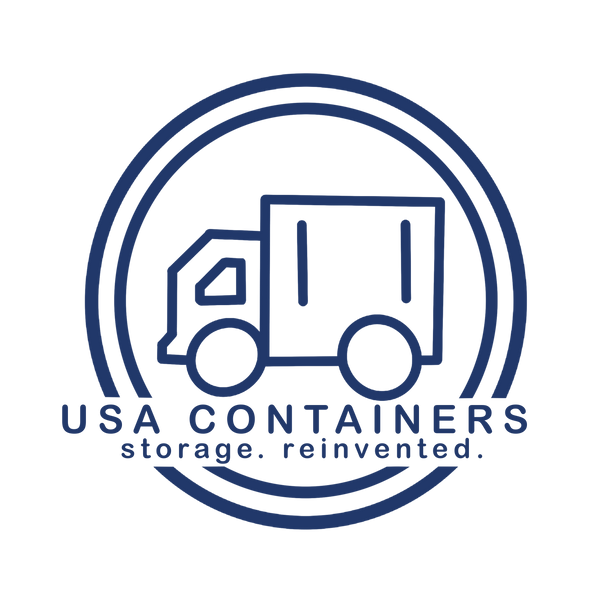
Mistakes to Avoid When Buying a Shipping Container
Share
Buying a shipping container might seem like a straightforward task—pick a size, find a seller, and get it delivered. But in reality, plenty of buyers walk into the process without knowing what to look out for, and they end up wasting time, money, or both. Whether you’re using a container for storage, a mobile office, or a custom build, there are a handful of common pitfalls you’ll want to avoid.
1. Skipping the Inspection
When you pick up your container at the depot or when arrives on your property, you have the right to inspect it to be sure there are no holes in the container and the doors work properly. Skipping the inspection can cost you time and money.
2. Assuming One Size Fits All
The standard 20-foot or 40-foot containers get the most attention, but they aren’t your only options. High-cube containers offer extra vertical space, and specialty containers with doors on both ends or on the side serve very specific needs.
Think about how you plan to use the container. Are you storing tall equipment? Planning to install insulation and drywall? Need easy access from more than one side? Pick the right configuration from the start, and you won’t have to modify it later.
3. Ignoring Local Zoning and Permit Requirements
Just because you can buy a shipping container doesn’t mean you can legally place it anywhere you like. Cities and counties often have rules about how and where containers can be used, especially on residential properties.
Before you put any money down, check your local regulations. Some areas require permits for permanent placement. Others have aesthetic restrictions or setbacks from property lines. Avoid a costly mistake (and potential removal fees) by confirming everything up front.
4. Not Factoring in Delivery Logistics
Many buyers forget to consider site accessibility. Narrow roads, steep driveways, low-hanging wires, or soft ground can turn a simple delivery into a major headache.
Walk your property and think like a delivery driver. Is there enough space for a truck and trailer to maneuver? Will the container sit level? Share these details with your sales agent or the delivery team to avoid surprise fees or having to reschedule.
5. Choosing Price Over Quality
It’s tempting to jump on the cheapest container you find online, especially if the photos in the ad look decent. But many “deals” are priced low for a reason. The unit might be an as-is unit with no warranty, the cost might not include taxes or delivery fees, or it might be a scam.
6. Not Checking the Seller’s Reputation
This one seems obvious, but it’s surprising how many people get burned by shady online sellers. If the company has no reviews, no clear contact info, or no physical address, that’s a red flag.
Do your research. Look for companies with a solid track record, verified customer testimonials, and transparent pricing. A good supplier should be able to answer your questions, provide paperwork, and offer delivery support.
Buying a shipping container doesn’t have to be a gamble. By avoiding these common mistakes and doing a little planning upfront, you’ll get a container that fits your needs, your site, and your budget. Whether it ends up as a storage unit, a workshop, or your dream home, the right container starts with the right decision-making.
Fill out the form below for a free shipping container quote from USA Containers:
